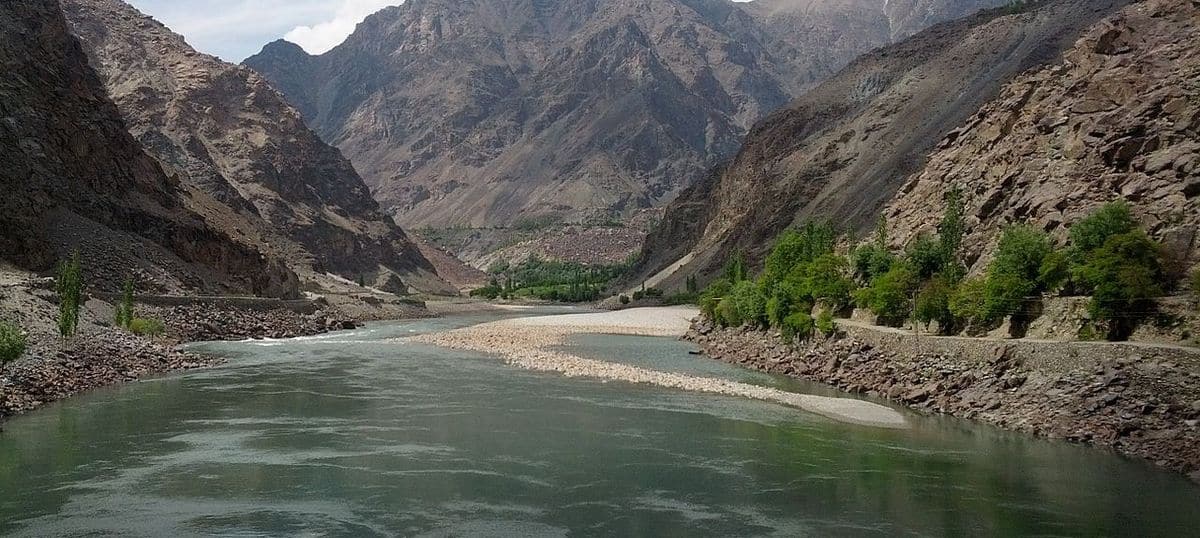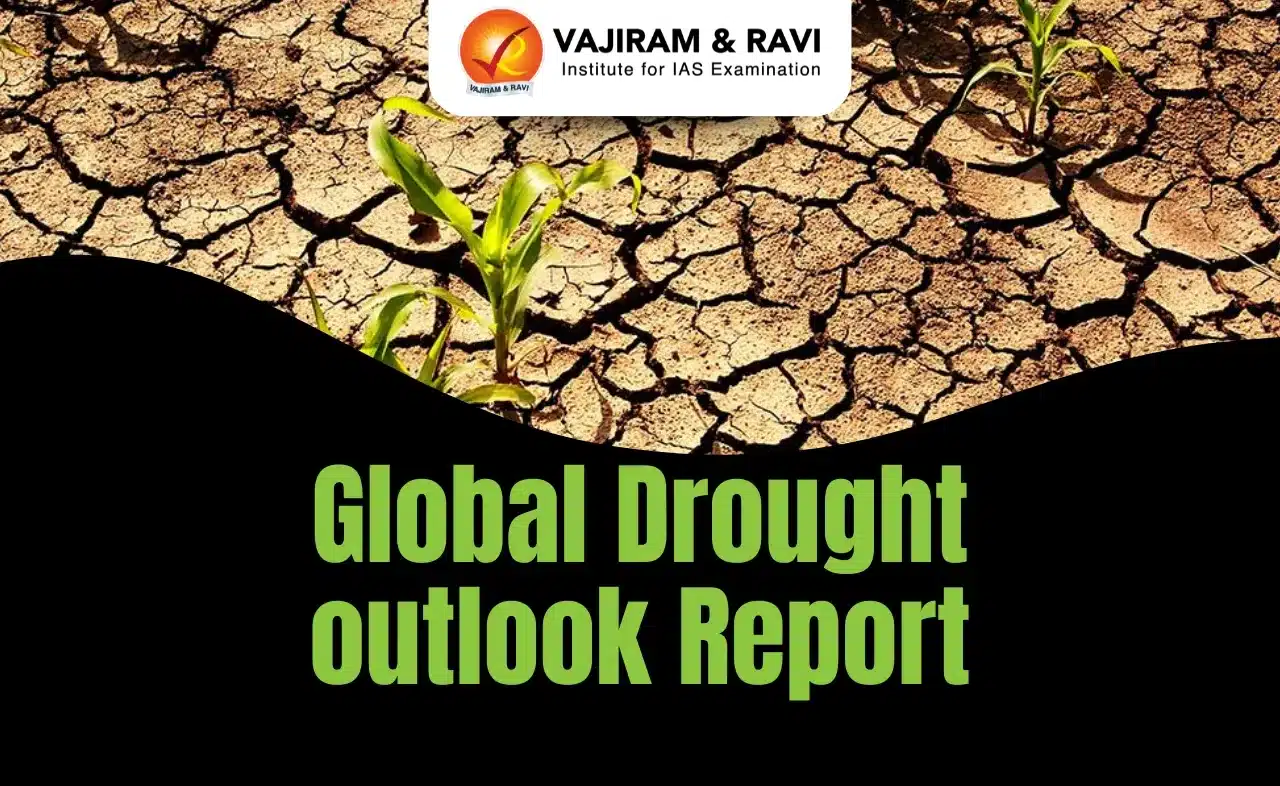About Indus Waters Treaty:
- It was signed in September 1960 between India and Pakistan.
- The treaty was brokered by the World Bank, which, too is a signatory to the treaty.
- Provisions:
- The treaty fixed and delimited the rights and obligations of both countries concerning the use of the waters of the Indus River system.
- It gives control over the waters of the three “eastern rivers’ — the Beas, Ravi, and Sutlej — to India, while control over the waters of the three “western rivers’ ‘ — the Indus, Chenab, and Jhelum — to Pakistan.
- The Treaty allows India to use the western river waters for limited irrigation use and unlimited non-consumptive use for such applications as power generation, navigation, floating of property, fish culture, etc.
- It lays down detailed regulations for India in building projects over the western rivers.
- The Treaty sets out a mechanism for cooperation and information exchange between the two countries regarding their use of the rivers, known as the Permanent Indus Commission, which has a Commissioner from each country.
Q1) Which are the main tributaries of the Indus River?
Its principal left-bank tributaries include the Zanskar River, Suru River, Soan River, Jhelum River, Chenab River, Ravi River, Beas River, Satluj River, and Panjnad River. Its principal right-bank tributaries include the Shyok River, Gilgit River, Hunza River, Swat River, Kunnar River, Kurram River, Gomal River, and Kabul River.
Last updated on June, 2025
→ UPSC Notification 2025 was released on 22nd January 2025.
→ UPSC Prelims Result 2025 is out now for the CSE held on 25 May 2025.
→ UPSC Prelims Question Paper 2025 and Unofficial Prelims Answer Key 2025 are available now.
→ UPSC Calendar 2026 is released on 15th May, 2025.
→ The UPSC Vacancy 2025 were released 1129, out of which 979 were for UPSC CSE and remaining 150 are for UPSC IFoS.
→ UPSC Mains 2025 will be conducted on 22nd August 2025.
→ UPSC Prelims 2026 will be conducted on 24th May, 2026 & UPSC Mains 2026 will be conducted on 21st August 2026.
→ The UPSC Selection Process is of 3 stages-Prelims, Mains and Interview.
→ UPSC Result 2024 is released with latest UPSC Marksheet 2024. Check Now!
→ UPSC Toppers List 2024 is released now. Shakti Dubey is UPSC AIR 1 2024 Topper.
→ Also check Best IAS Coaching in Delhi
























